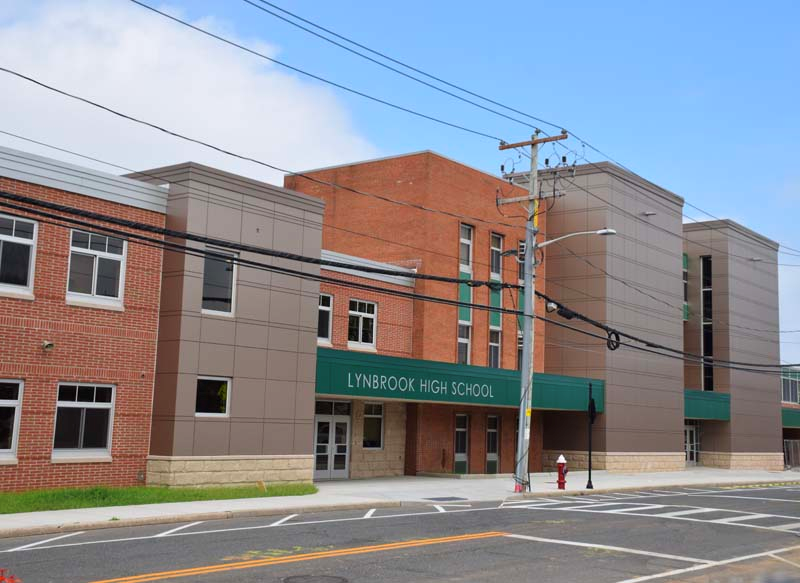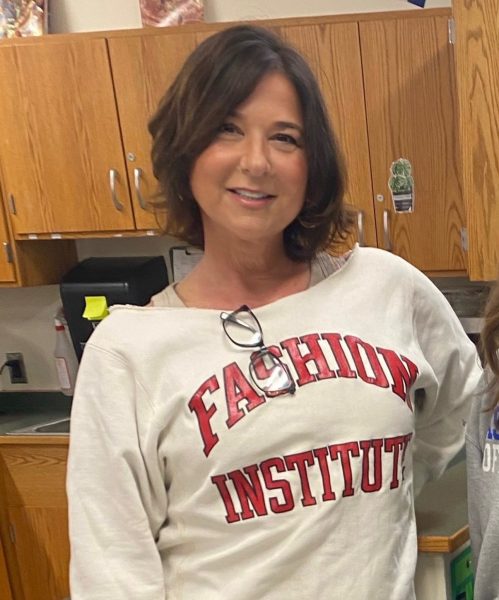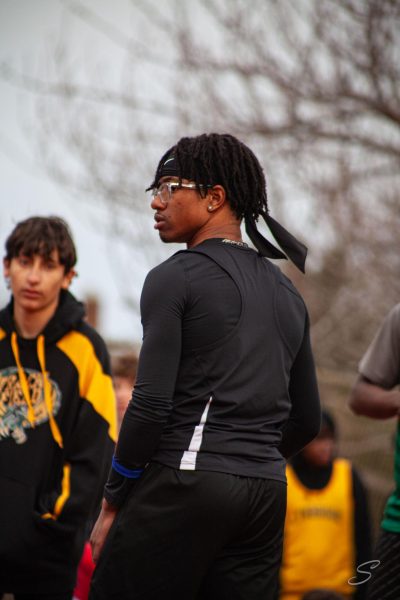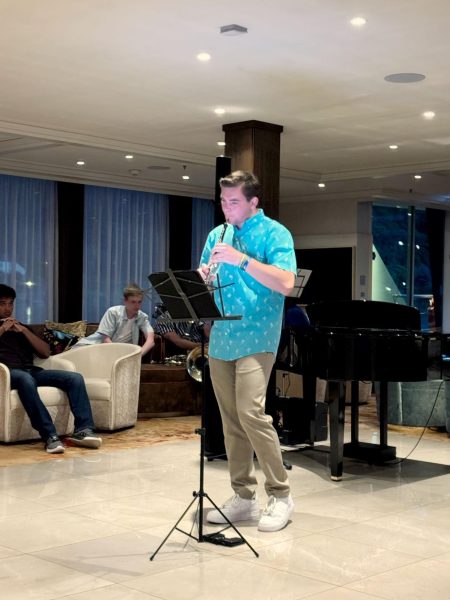History Hides in the Walls of LHS
Every building has a story. For LHS, its history is sprinkled with odd renovations, rare bond passings, and disruptive construction. It has been expanded and modified multiple times across many decades; the ‘30s, ‘40s, ‘60s, ‘70s, as well as the past 20 years have seen changes to the school. The building is celebrating its centennial birthday this year, and sections of the building from 1922 are said to make it the oldest, still-operational high school on Long Island.
“It’s amazing to think that this building is 100 years old,” said Assistant Principal Matthew Sarosy. “I always try to imagine what it would have been like to be a student here in 1922. I like to go through all the old yearbooks and see what the building originally looked like.”
First constructed to accommodate a growing student population, the current LHS building was not the first site for the high school – it was the current-day administration building and Kindergarten Center, located just across the road on Atlantic Avenue, which served grades one to 12 from 1909 to 1922. From 1922 to 1976, the now-kindergarten complex was an elementary school.
The 1940 LHS yearbook focused on the completion of the Charles Vosburgh Gym. In the aftermath of World War II, many buildings within the district started to fall into disrepair, prompting overdue improvements to occur in 1949. The headline of LHS’ Lyn-News on Tuesday, Nov. 15, 1949, read “Voters Present X-Mas Gift to LHS” after the passing of a renovations bond.
In 1953, the enrollment at LHS reached 603 students; at the time, state law called for a high school with this level of enrollment to sit on at least 11 acres, and LHS’s land was less than five acres. This caused a bond to be approved on Dec. 10, 1958, taking the high school (which, at the time, also housed the middle schools) off the split session it was on during recreational construction. The same bond also encompassed the construction of the two middle schools, Lynbrook South and Lynbrook North, along with the construction of a new wing at LHS.
A decade after the previous bond had been passed, in 1966, the classrooms and halls of LHS were starting to overcrowd, boasting an enrollment of 921 students in just three grades (10-12) — 121 more than the intended population. In December, the Board proposed to build a new high school that would feature more classrooms, storage, facilities, and even a swimming pool. The bond would also demolish the oldest part of the school, constructed in 1921, to be replaced by a library. The bond, for better or worse, was defeated twice–once then, and when it was resubmitted the following March.
In a Horizon newspaper from 1992, former-Superintendent Walter Hawthorne said, “Every time the bonds didn’t pass, Lynbrook became more and more divided.”
A third vote occurred three years later on Mar. 27, 1969, this time with some modifications. For one, this plan omitted the swimming pool and reduced the originally proposed size of the new school. It also continued to use the science wing and converted the gym into an auditorium. However, it, too, was defeated.
Overcrowding became an issue once more in 1971, this time apparent in the middle schools and in some elementary schools. As a result, the district controversially boosted LHS to a traditional four-year high school. Grades six to eight were from then on to be taught at North and South, regardless of concern over how “elementary school-aged” students would adapt to the change in setting.
In the ‘70s, the heyday of LHS theater, musicals were sold out days prior to performances in an auditorium with a balcony; it was more than twice the size of the current auditorium. It was also around this time that the proposal for the new high school was defeated once more – this likely happened as taxes were raised to finance the construction of the town hall. Due to the energy crisis striking the country, heat in all schools was cut to 68 degrees, and all lighting, except when used for security, was reduced up to 50%.
The fifth and last bond to build a new high school (without the pool) was defeated in December 1974. This time, it came close: the proposal came within 19 votes of passing. As an “expansion,” LHS temporarily took over the current day Kindergarten Center (as then it was a closed elementary school) in 1976. Here, underclassmen took roughly half their classes.
After five failed bond proposals, LHS finally expanded with a new wing and plenty of renovations to the existing structure after the federal government granted the district $4.5 million in 1977. Construction kept getting delayed until January 1978, when plenty of noise disrupted teaching and conversations. In August 1978, before the school year began and with the expansion complete, the district notified families of edited schedules, and extracurriculars were canceled.
In January 1980, after students complained about chilly temperatures in the building, the heat was cranked up to 132 degrees in rooms 207 and 208 when the main compressors broke down. This made the doorknobs too hot to touch and many students and staff red with anger. A new weight room was constructed in 1987 when LHS received a $10,000 state grant. In front of the cafeteria, the Bern Seiderman Gallery of the Arts was built in 1990. Taking up the space of a former closet and guidance office, it brought new life into the cafeteria.
When asked about her perspective on changes made to LHS, sophomore Kerry Cullen said she sees many differences between the new wing and other parts of the school “just because it looks a lot newer.”
Freshman Cassandra Levinson said she finds it fascinating to see the combination of architectural styles present in the building. “I was once told that if one popped up the ceiling tiles of one of the English rooms, one would discover another two feet of ceiling space and an opulent ceiling with a lovely detailing,” Levinson said. “It’s supposed that the ceiling height was reduced for heating purposes, which I find rather unfortunate.”
Especially with the completion of the latest wing last year, LHS’ history as a building is more interesting than ever before. From unbuilt swimming pools to classrooms overheating, it sure has seen quite a lot since it was first built 100 years ago. Here is to 100 more!

Hey you! Thanks for checking out my profile. I am a member of the Class of 2024 and a storyteller at heart. I love to spend time with my family and friends,...


































